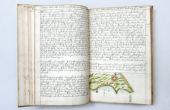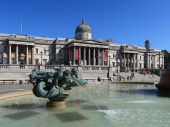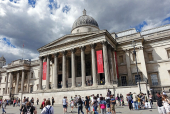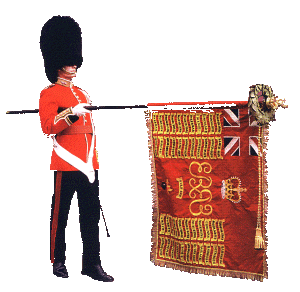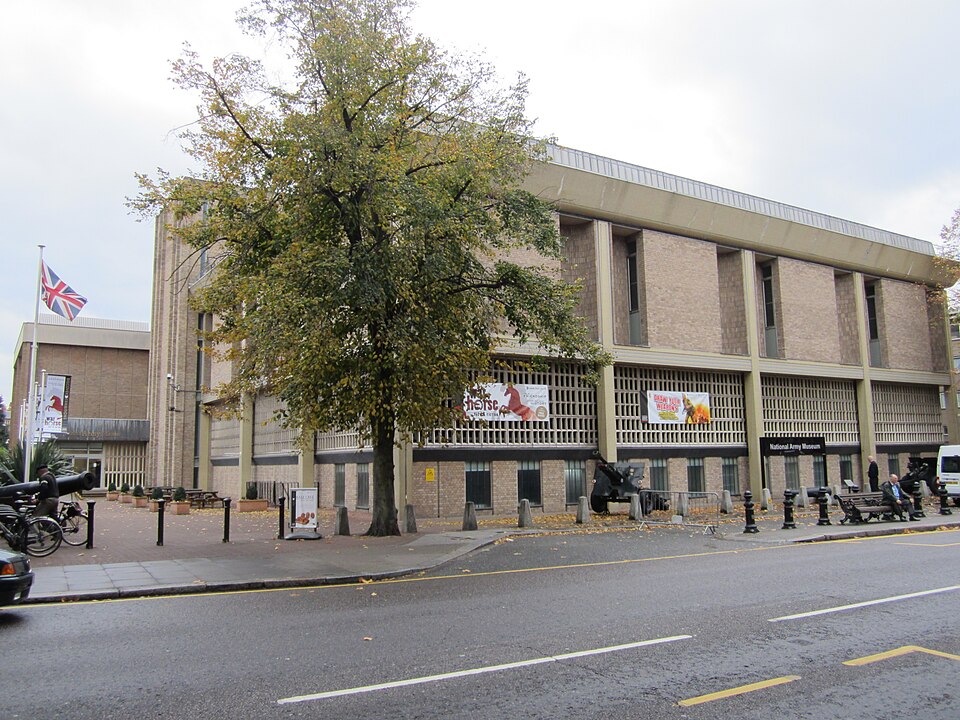
The overlooked contributions of African and Indian soldiers who fought in South Asia during the Second World War are taking centre stage in a new London exhibition.
The National Army Museum’s “Beyond Burma: Forgotten Armies”—opening 16 September—features rare artefacts, medals, photographs, and artwork from the Indian and African troops who endured some of the harshest wartime conditions in the fight against Japanese forces.
Around 80,000 soldiers from Britain’s African colonies, including the Gambia, Ghana, and Sierra Leone, joined the 14th Army in Burma (now Myanmar). More than half of these West African troops were Nigerian, serving in the British Army’s 81st and 82nd Divisions from 1943. Despite their numbers, Allied commander Gen William Slim did not acknowledge African soldiers in his victory speech.
According to Dr Alan Jeffreys, the museum’s head of collections, the 14th Army eventually comprised 340,000 Indian soldiers, 100,000 British soldiers, and 80,000 African soldiers—making it predominantly Indian by the war’s end. Yet in Britain, their efforts were overshadowed by the war in Europe, earning them the nickname “the forgotten army.”
The exhibition also explores the brutal reality of jungle warfare, illustrated in works like “And The World Was Covered in Darkness” (1943) by Maj Conrad “Dick” Richardson. His painting captures the claustrophobic conditions faced by troops—many of whom had never fought in such an environment.
“Beyond Burma” expands the story beyond Myanmar, covering campaigns in India, Indonesia, and Vietnam, and continuing through Burma’s independence in 1948. It aims to shift public memory away from a Britain-only focus and highlight the diverse forces that fought.
Efforts to tell these stories have been growing. Biyi Bandele’s 2007 novel Burma Boy and a 2013 documentary by Griff Rhys Jones about his father’s Ghanaian troops are among notable examples. On the 70th anniversary of VJ Day, oral histories from surviving African veterans revealed both the discrimination they faced and their camaraderie with African American soldiers.
For many descendants, these accounts are a bridge to a little-known chapter of family and world history—one that the museum now hopes to bring into the light. Photo by Nick-D, Wikimedia commons.




























